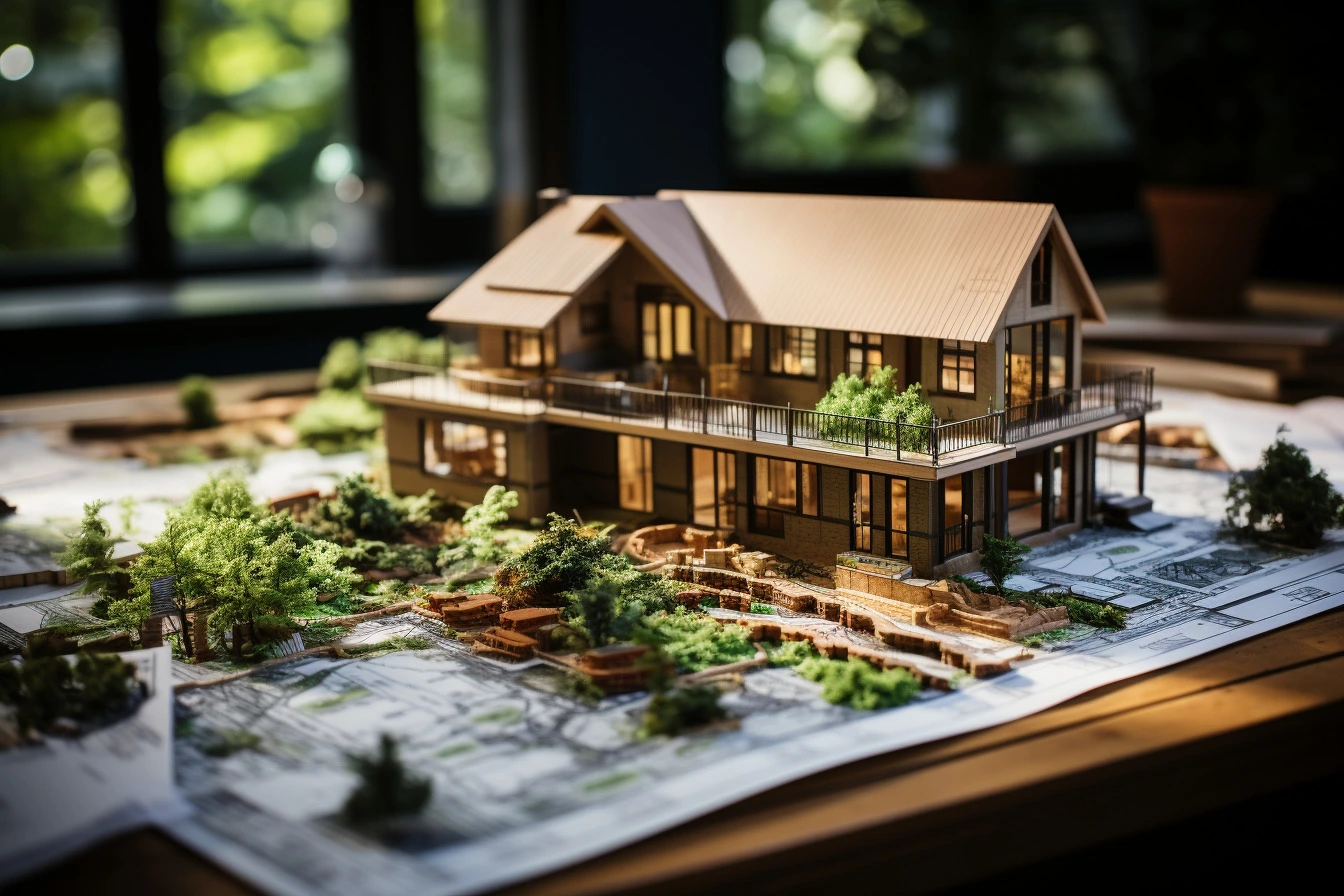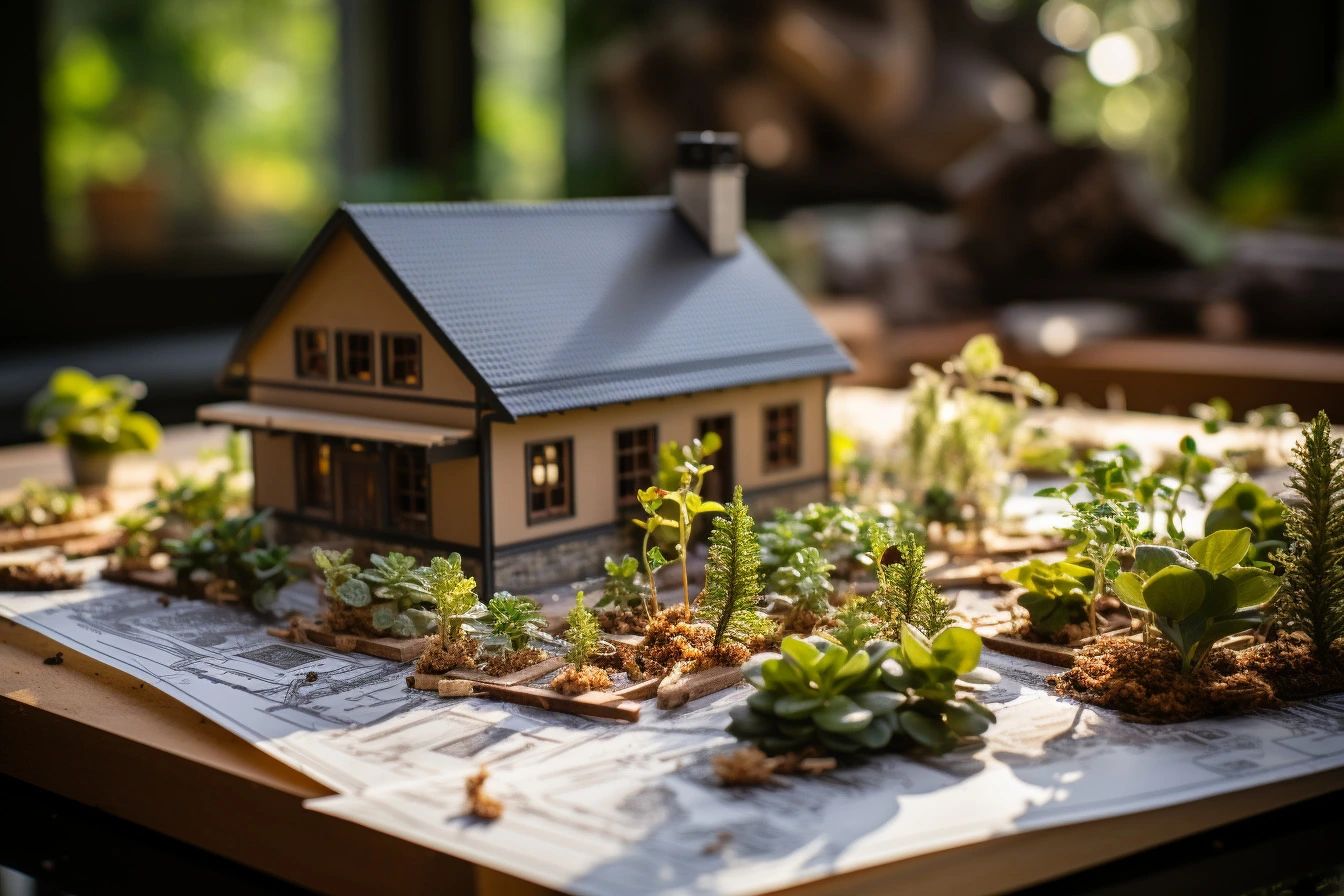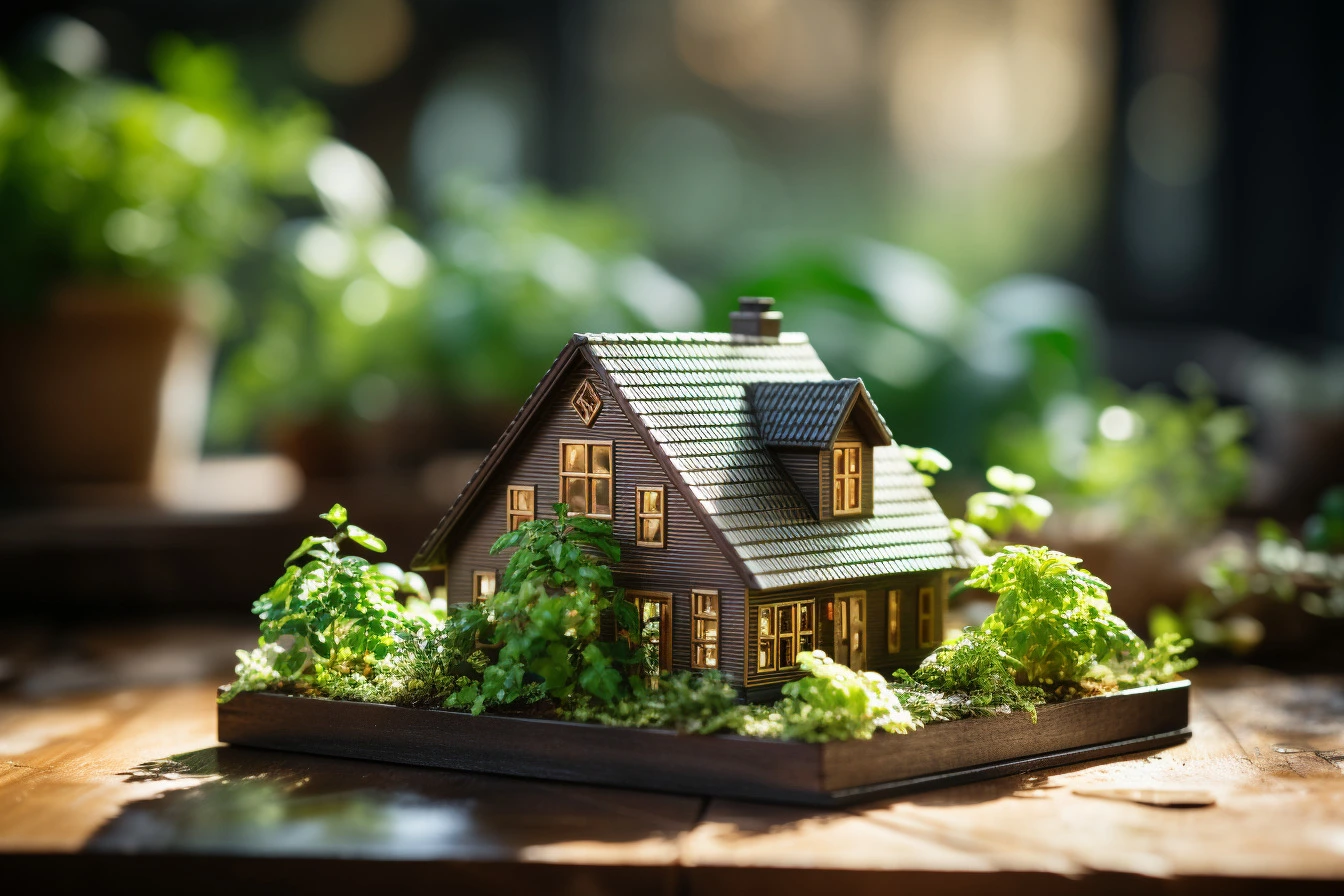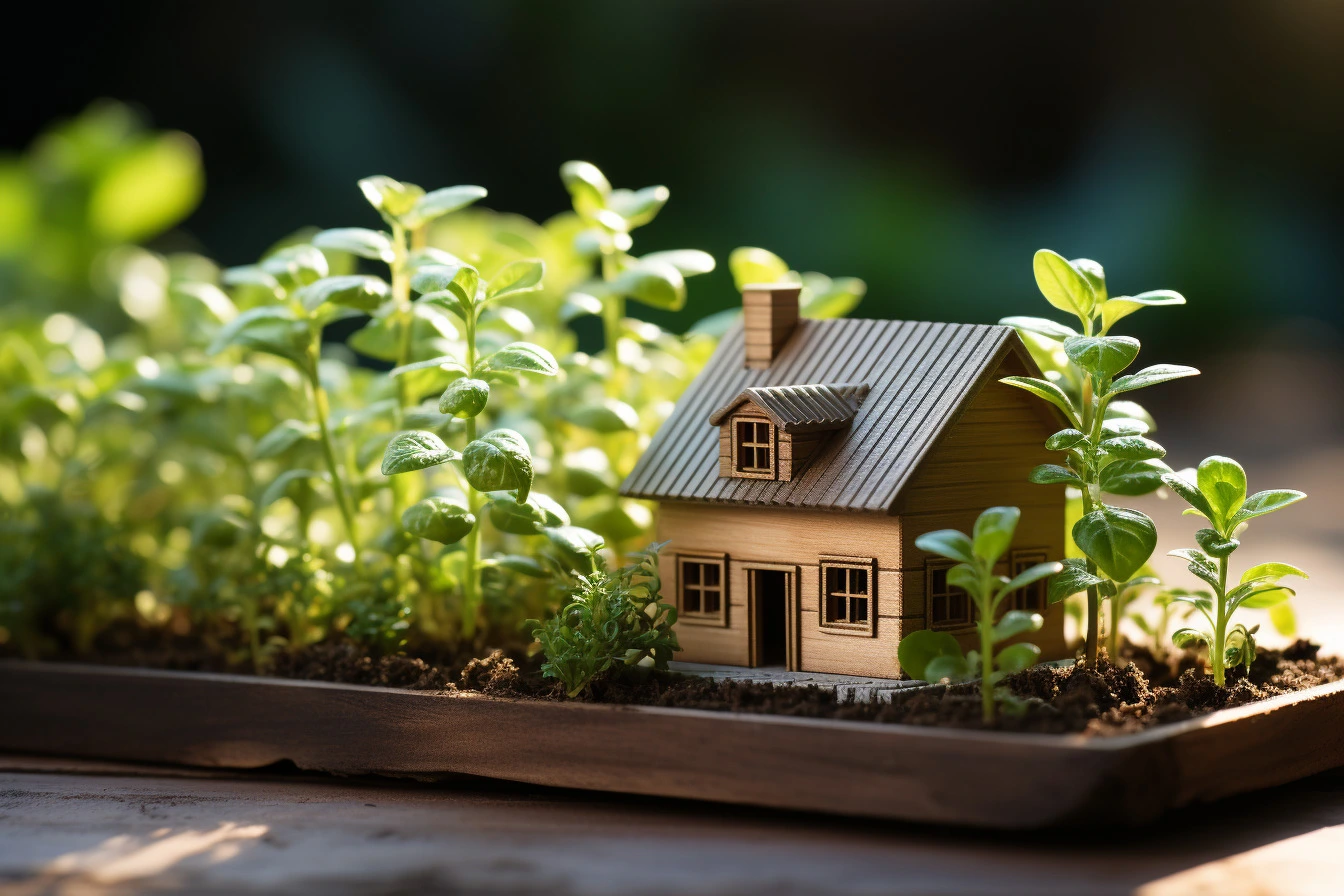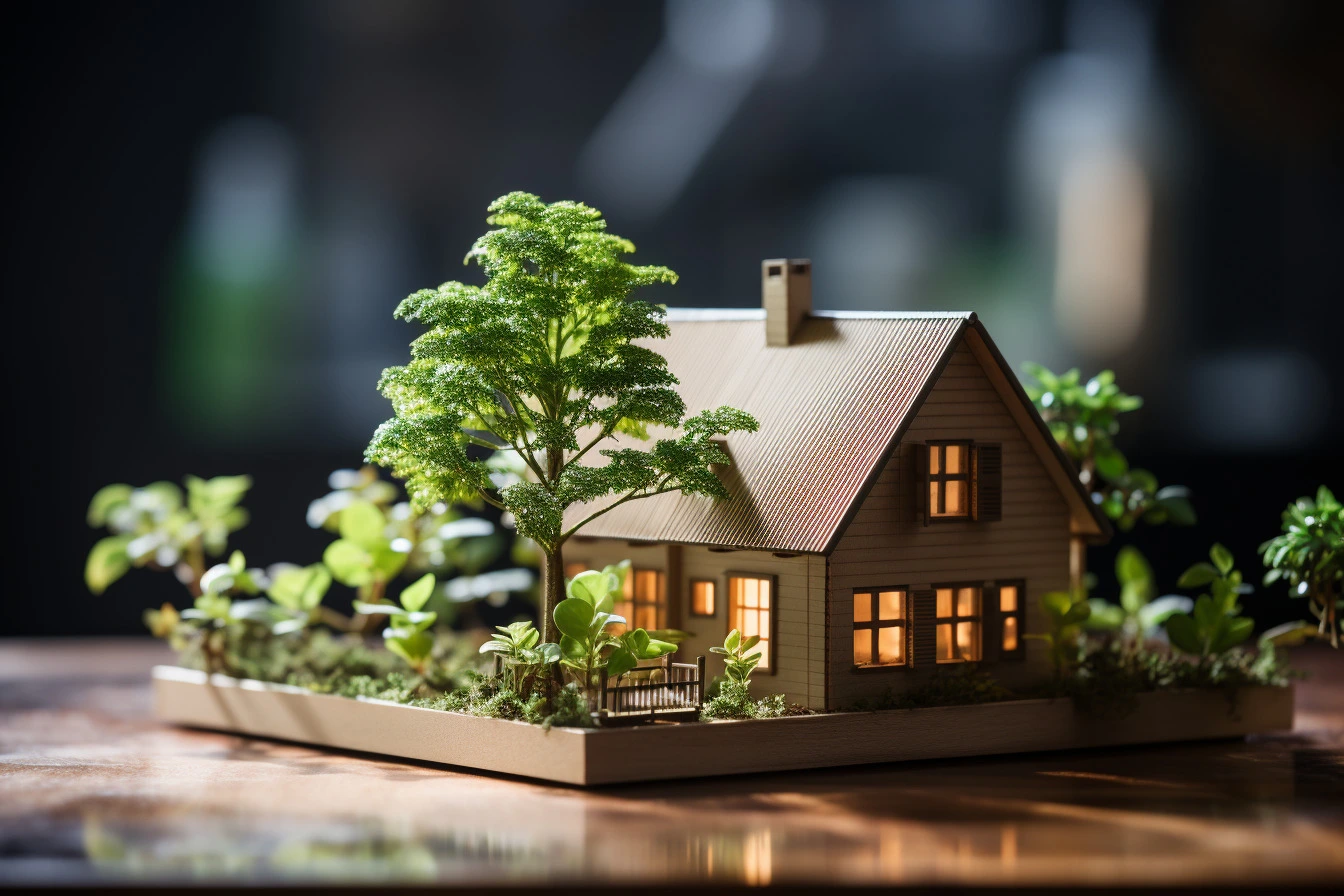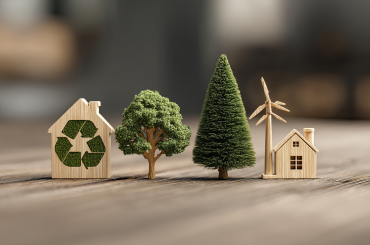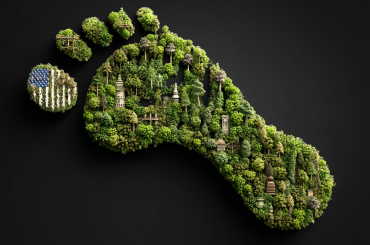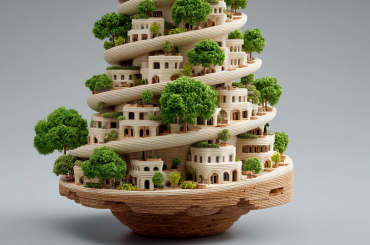Looking around my living room that peaceful Sunday morning, something clicked for me—this space wasn’t just about aesthetics anymore. The four walls surrounding me had become a canvas for expressing my values, and honestly, I’d been missing a massive opportunity to align my home with my environmental commitments. That’s when the lightbulb went off: what if my next renovation project could be both stunning and genuinely sustainable?
The whole concept of eco-friendly home renovations used to feel overwhelming to me. I mean, where do you even start? Do you rip everything out and begin from scratch with sustainable materials? Do you focus on energy efficiency first? And let’s be honest—would it actually look good, or would I end up with a house that screamed “worthy but boring”? These questions kept me awake at night, but they also sparked something exciting: the realization that sustainable home renovation could be the perfect marriage of my design obsessions and environmental principles.
What I discovered through this journey completely transformed how I think about creating beautiful spaces. Eco-friendly home renovation isn’t about compromising on style or comfort—it’s about making choices that honor both your personal aesthetic and the planet’s wellbeing. Every decision becomes more intentional, more meaningful, and frankly, more interesting when you’re considering the full lifecycle of materials and energy systems.
My first revelation came when I started researching sustainable building materials. I’d always assumed that “eco-friendly” meant expensive, limited options that would force me into some sort of crunchy aesthetic. But bamboo flooring completely changed my perspective. This isn’t your typical hardwood—it’s technically a grass that grows incredibly fast, absorbs massive amounts of carbon, and can be harvested without killing the plant. When I saw samples of bamboo flooring, I was shocked by how sophisticated and varied the textures could be.
The installation process was eye-opening too. My contractor, who’d initially been skeptical about working with sustainable materials, became genuinely enthusiastic once he realized how durable and workable bamboo was. He mentioned that it’s actually easier to install than many traditional hardwoods, and the natural variation in grain patterns meant each room developed its own character. Three years later, those floors still look pristine despite heavy foot traffic and the occasional wine spill.
Reclaimed wood became my next obsession, and honestly, this is where eco-friendly renovations get genuinely exciting from a design perspective. Each piece of reclaimed lumber carries history—you can see old nail holes, weathering patterns, and color variations that you simply can’t replicate with new materials. I sourced barn wood from a demolition project about an hour outside Bristol, and the stories that came with those boards made them feel more like art pieces than building materials.
Using reclaimed wood for accent walls in my living room wasn’t just an environmental choice; it became the focal point that everyone comments on. There’s something about the authentic patina and character marks that adds soul to a space in ways that perfectly manufactured materials never could. Plus, knowing that those boards were destined for landfill made the whole project feel meaningful beyond just aesthetics.
The research phase taught me crucial lessons about greenwashing in the renovation industry. Eco-friendly home design requires due diligence because not everything marketed as “green” actually delivers environmental benefits. I learned to look for legitimate certifications like FSC (Forest Stewardship Council) for wood products and to ask detailed questions about manufacturing processes and transportation distances.
Energy efficiency upgrades became the next chapter of my sustainable renovations journey, and this is where the long-term benefits really start adding up. Solar panels were the obvious starting point, but the process of evaluating my home’s energy systems revealed inefficiencies I’d never considered. My old windows were basically hemorrhaging heat in winter and cool air in summer, making my HVAC system work overtime constantly.
Replacing those windows with triple-glazed, energy-efficient models was expensive upfront, but the difference in comfort was immediate. Rooms that had always felt drafty became consistently comfortable, and I could actually feel the reduction in energy usage during those first few months. The new windows also dramatically reduced outside noise, which was an unexpected bonus that improved my quality of life significantly.
Insulation upgrades might not be glamorous, but they’re absolutely crucial for any serious eco-friendly renovation project. I opted for sheep’s wool insulation in the walls and recycled denim for the attic—both materials that perform excellently while avoiding the chemical off-gassing associated with traditional insulation. The sheep’s wool insulation was fascinating to work with; it naturally regulates moisture and temperature while being completely biodegradable at the end of its life.
Water conservation systems opened up another dimension of sustainable home renovation that I hadn’t fully appreciated. Installing a rainwater harvesting system seemed complicated at first, but it’s actually quite straightforward. The system captures rainwater from my roof gutters, filters it, and stores it in an underground tank that I use for garden irrigation. During heavy rain periods, I’m collecting hundreds of gallons that would otherwise run off into storm drains.
The greywater system was more complex but incredibly rewarding. This setup captures water from bathroom sinks and showers (but not toilets or kitchen sinks due to contamination concerns) and redirects it to irrigate my garden after basic filtration. It required some plumbing modifications, but the water savings are substantial. Reducing water usage became a natural extension of the renovation project.
Landscaping with native plants transformed my outdoor spaces in ways I never expected. Instead of maintaining a resource-intensive lawn that required constant watering and chemical treatments, I worked with a local ecologist to design plantings that support regional wildlife while requiring minimal water once established. The first year required some patience as plants got established, but now my garden thrives with minimal intervention.
The native plant approach also connected me with my local ecosystem in ways that standard landscaping never had. I started noticing which birds and insects were visiting, how different plants responded to seasonal changes, and how the whole system began supporting itself naturally. Biodiversity in the backyard became a real thing, not just an abstract concept.
Interior design choices for sustainable renovations require rethinking conventional approaches to furniture and materials. Instead of buying new furniture, I spent months hunting through antique shops and estate sales for solid wood pieces that could be refinished. A 1960s dining table that looked terrible with its scratched surface became gorgeous after careful refinishing with low-VOC stains and sealers.
Paint selection turned into an education about indoor air quality that I wish I’d known about earlier. Traditional paints release volatile organic compounds (VOCs) for months after application, contributing to indoor air pollution and potential health issues. Low-VOC and zero-VOC paints have improved dramatically in recent years—the color selection and durability now match conventional paints without the chemical off-gassing.
Lighting upgrades provided immediate energy savings while improving the ambiance throughout my home. LED fixtures use a fraction of the energy of traditional bulbs and last for years longer, but the quality of light has also improved significantly. I installed dimmer switches throughout to reduce energy usage further and create more flexible lighting moods for different activities.
Natural light optimization became a game-changer for both energy efficiency and livability. Strategic placement of mirrors to reflect light deeper into rooms, combined with light-colored walls and surfaces, dramatically reduced my reliance on artificial lighting during daylight hours. Energy-efficient home improvements can be surprisingly simple when you focus on maximizing what nature provides for free.
The financial aspects of eco-friendly home renovations require careful planning, but the long-term savings are substantial. While sustainable materials and energy-efficient systems often cost more initially, the operational savings add up quickly. My energy bills dropped by about 40% after completing the major efficiency upgrades, and water usage decreased by roughly 30% with conservation systems in place.
More importantly, the value these improvements add to the home extends beyond just monetary considerations. The comfort level, air quality, and overall livability improved dramatically. Friends who visit comment on how peaceful and healthy the space feels, though they can’t always pinpoint exactly why. There’s something about living in a home that’s aligned with your values that creates a sense of contentment that’s hard to quantify.
The learning curve for sustainable home renovation is steep but incredibly rewarding. Each project taught me new skills and deepened my understanding of how buildings interact with their environment. I learned to see my home as a system rather than just a collection of rooms—understanding how energy flows, where water comes from and goes to, and how material choices affect everything from air quality to long-term durability.
Community connections grew naturally from these projects. Working with local craftspeople who specialized in sustainable building practices introduced me to a network of like-minded homeowners, architects, and contractors. Supporting local sustainable businesses became an integral part of the renovation philosophy.
Mistakes were definitely part of the learning process. I chose some materials that didn’t perform as expected, underestimated installation complexity for certain systems, and occasionally prioritized environmental benefits over practical considerations. But each mistake taught valuable lessons that informed better decisions for subsequent projects.
The most surprising discovery was how much more connected I felt to my home after these renovations. Understanding where materials came from, how energy systems worked, and where water was sourced and used created a sense of stewardship that changed my daily habits. Simple actions like adjusting thermostats, monitoring water usage, and maintaining systems became conscious choices rather than automatic behaviors.
Looking back on this sustainable renovation journey, what strikes me most is how it challenged assumptions about what’s possible in home design. Eco-friendly doesn’t mean sacrificing beauty or comfort—it means making more thoughtful choices that consider long-term impacts alongside immediate needs. The results are homes that look stunning, perform efficiently, and contribute positively to environmental health rather than detracting from it.
Every element of these renovations, from the bamboo floors that still make me smile every morning to the solar panels that power my home with sunshine, represents a small victory for both personal values and planetary health. It’s proof that individual choices can create meaningful change while enhancing quality of life rather than diminishing it. The future of home design isn’t about choosing between sustainability and style—it’s about recognizing they’re most powerful when working together.

